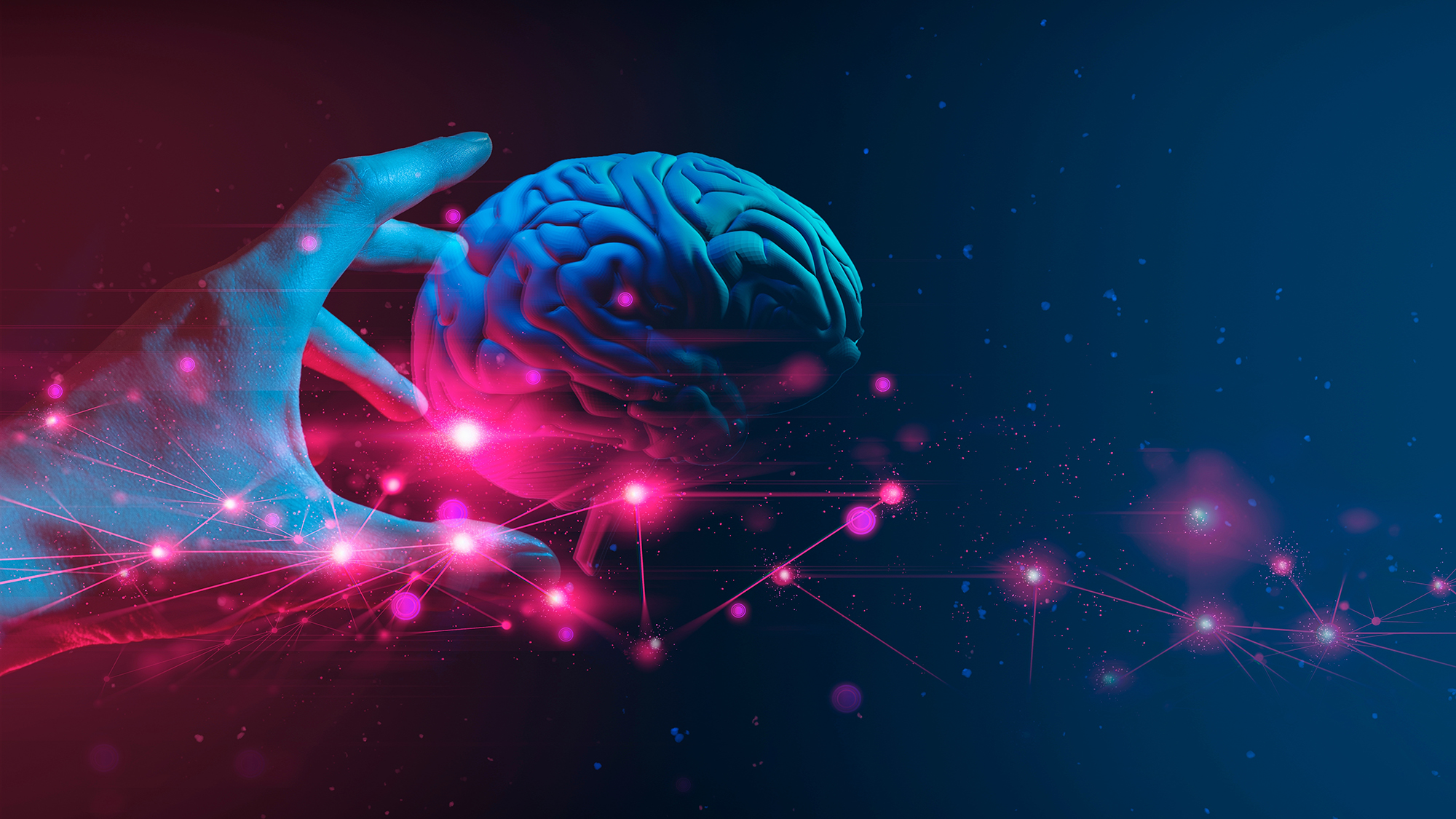Integral brain health: The unifying goal for health, productivity and well-being
We have been hurled into turbulent and unpredictable times, transformed by technology and threatened by ageing. One fact remains certain: in a world of automation, a knowledge-based economy and artificial intelligence, being able to thrive will require human intelligence, mental resilience and social skills.
The greatest health threats to a bright future are the growing number of brain and mental disorders. Neurological conditions frequently coexist with major depressive and anxiety disorders, driven by shared psychosocial risk factors, such as lifestyle choices, social isolation, poverty and discrimination. Furthermore, the relationship between psychiatric and neurological disorders is bidirectional – evidence shows that clinically significant depression and anxiety increase the likelihood of developing all-cause dementia later in life. Both groups of disorders originate from the same organ. Globally, brain and mental disorders account for 522 and 258 million disability-adjusted life years (DALYS), respectively. This is more than the burden of cancer (260 million DALYS) and cardiovascular disease (402 million DALYS) put together.
The financial burden is staggering, with lost income estimated at $1.2 trillion, largely due to migraine, depression and anxiety. On top of that, worldwide healthcare spending on brain-related conditions amounts to $1.1 trillion, with a substantial share attributed to dementia, stroke, depression and anxiety.
A comprehensive approach to brain health
Neurodevelopment disorders and neonatal encephalopathy have life-long effects. Mental disorders predominate in late adolescence and early adult life, and brain disorders late in life. Consequently, it is necessary to take a lifetime approach, as advocated by the World Health Organization. The first step in integrating the prevention of brain and mental disorders is to adopt a working definition that includes physical, mental and social health.
We propose this definition: ‘When thinking, feeling and connecting with others are at their best in a safe, healthy, and supportive environment’. We call it integral brain health because it incorporates the determinants of brain, mental and social health. Also, it can use an integral brain health index that is independent of language, literacy and culture to measure change.
The challenge of implementation is vast, yet the moment for action has arrived. Recognising the urgency, the WHO has established global brain and mental health initiatives, the European Academy of Neurology has introduced a brain health strategy, the Yaoundé Declaration on Brain Economy, Brain Health and Brain Capital outlines an African brain health plan, and several national-level plans such as the American Academy of Neurology Brain Health Initiative, while in Norway, Finland, Italy and India brain health plans have been developed.
Most plans rely on governments that in turn depend on taxation, however, decreasing birth rates mean a shrinking taxation base to support an expanding older population.
These plans need to be complemented by community-level initiatives. Desirable characteristics include being simple and inexpensive enough to be embedded into ongoing services and organisations, to minimise costs and assure sustainability.
Moving forward by integrating expertise
These efforts need to be backed up and linked to health professionals, including psychiatrists and neurologists. Psychiatry and neurology as specialities began together, but have grown apart. It is unrealistic to expect busy and scarce specialists to begin learning more about each other’s specialities. However, it is possible to start reuniting them selectively and strategically through integral brain health goals. Professional organisations have a major role to play. Indeed, the World Federation of Neurology and the World Psychiatric Association have already begun cooperating, and propose:
- Fostering interdisciplinary research and joint education curricula.
- Closing the treatment gap by embedding interventions into existing systems. This saves time by skipping the knowledge and mobilisation step, and saves money by taking advantage of existing services that can be united under a unifying goal of integral brain health.
- Defying stigma and discrimination, and increasing awareness.
- Integral brain health is especially important to the G7 members because of the rapidly expanding mismatch of more people getting old than are being born. Little has been done to foster integral brain health so far, so G7 members not only have the greatest need to implement integral brain health, but also have the greatest capacity to do so.
Recommendations
Therefore, we propose that G7 members do the following:
- Adopt a working definition of integral brain health (cerebral, mental and social) and a corresponding integral brain health index to measure change,
- Adopt integral brain health as a unifying goal in all policies, and
- Fund new approaches to integrate and accelerate the relevant activities to integral brain health at the G7, national and community levels, to build brain capital and delay, allay and prevent brain and mental disorders.












